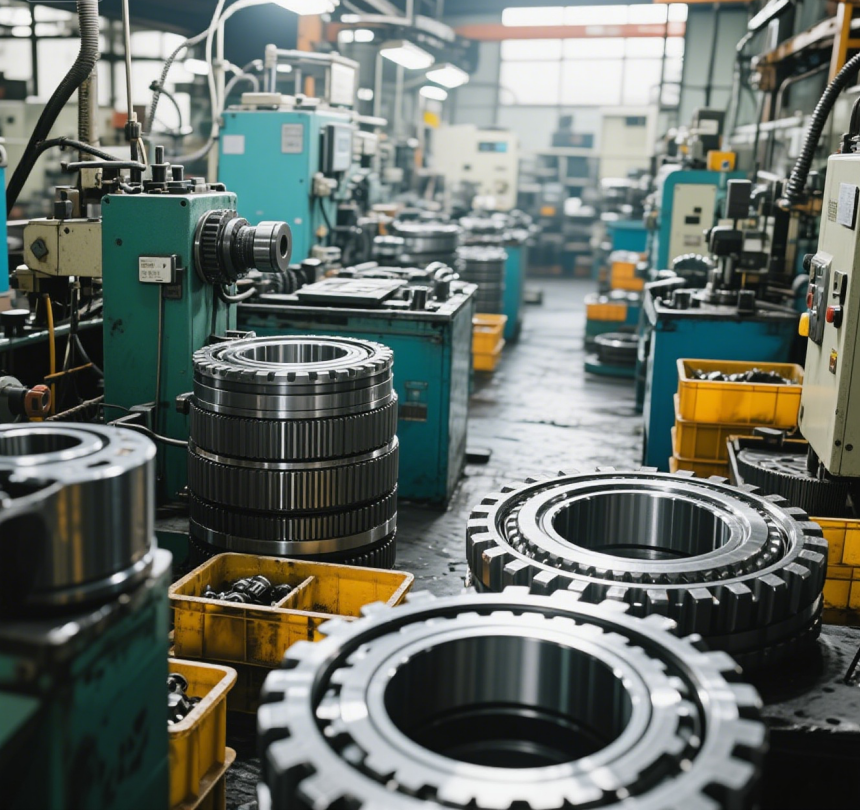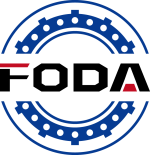In the fast – paced race of industrial production, efficiency is the core of competitiveness. Imagine a precision manufacturing workshop where numerous components are waiting to be accurately picked and quickly transported. Every second counts. Nowadays, a remarkable technology – linear modules, with their amazing performance, are breaking through the speed bottleneck of traditional production. They can achieve lightning – fast pick – up with a 90° rotation in just 6 seconds, reshaping the pattern of industrial production.
The Mechanism Behind Lightning-Fast Performance: How Linear Modules Work
As the key “heart” of automated equipment, linear modules integrate cutting – edge technologies from multiple fields such as machinery, electronics, and control. They mainly consist of guide rails, sliders, drive mechanisms, motors, and control systems. The guide rail is like a precise highway, providing accurate guidance for the smooth operation of the slider. Driven by the motor, the drive mechanism can efficiently convert rotational motion into linear motion. The control system, like a smart brain, precisely regulates the position, speed, and acceleration throughout the process. These components work closely together, laying a solid foundation for lightning – fast pick – up operations.
Transforming 3C Manufacturing: A Case Study in Precision and Speed
Take the 3C product manufacturing workshop as an example. The assembly of tiny components inside mobile phones requires extremely high precision. In the past, manual operation was not only inefficient but also difficult to ensure consistency. After the introduction of linear modules, the situation has changed dramatically. They can complete a 90° rotation and accurately pick up tiny chips in just 6 seconds, with a positioning accuracy reaching the micron level. This has greatly improved production efficiency and product quality. Linear modules can now efficiently complete processes that originally required a large amount of manpower and time, enabling enterprises to significantly reduce production costs while increasing production capacity several-fold.
Semiconductor Industry: Elevating Precision Handling to New Heights
In the semiconductor manufacturing field, this advantage is even more prominent. Wafers, as the core carriers of semiconductor chips, have extremely high requirements for processing accuracy and speed. Thanks to their excellent performance, linear modules can achieve fast and precise pick – up and placement during wafer handling with a 90° rotation in 6 seconds. This effectively avoids damage to wafers caused by improper operation, providing strong support for the efficient development of the semiconductor industry.
Expanding Horizons: Applications Across Diverse Industries
In addition to the 3C and semiconductor fields, linear modules also perform outstandingly in industries such as medical device manufacturing and automotive parts production. In the production of medical devices, they assist in the assembly of high – precision instruments. On the automotive production line, they quickly pick up various components, accelerating the vehicle assembly process.
The Future of Industrial Automation: Linear Modules in the Era of Industry 4.0
With the in – depth advancement of the Industry 4.0 era, the development prospects of linear modules are even broader. R & D teams are constantly exploring and innovating. By optimizing materials, improving structural designs, and upgrading control systems, the performance of linear modules continues to improve. We expect linear modules to play a key role in more fields in the future.
With faster speeds and higher precision, they will inject a continuous stream of power into global industrial development and become the core force driving industrial progress.



